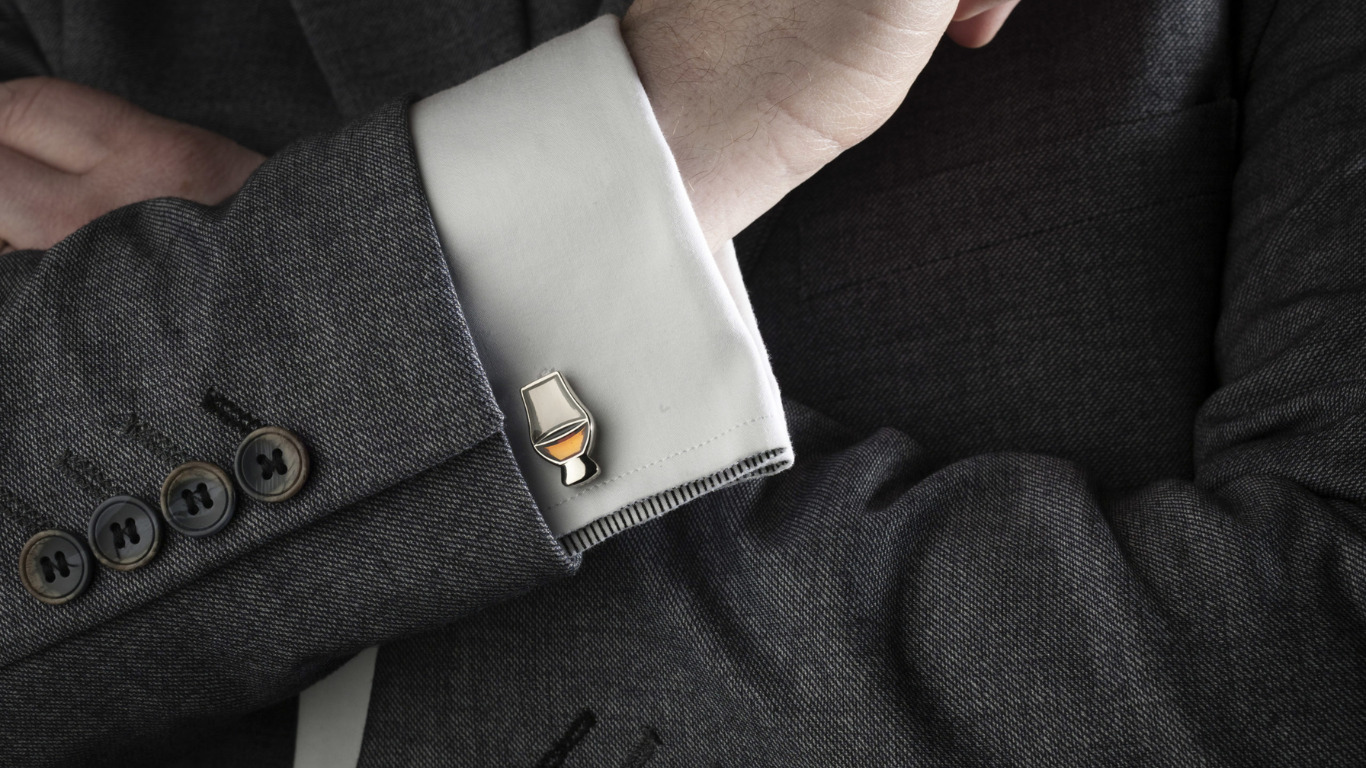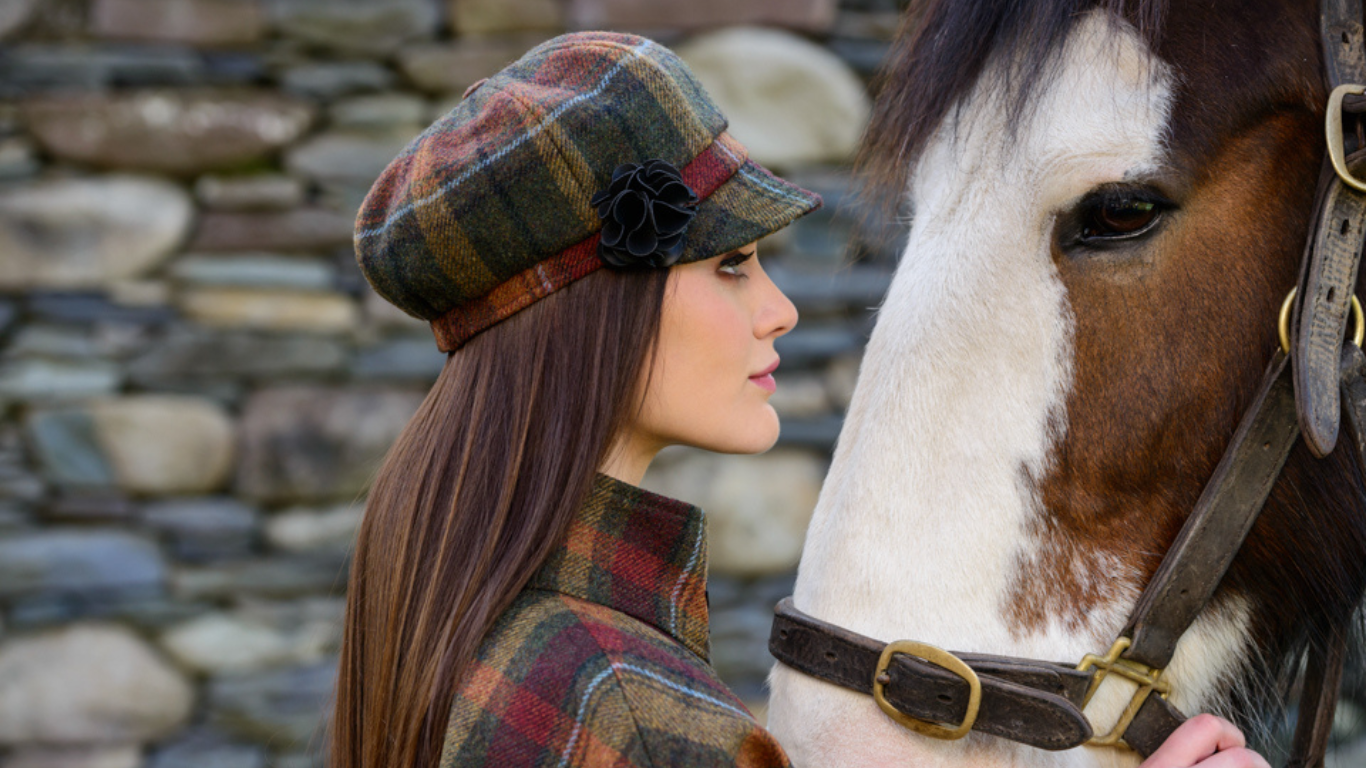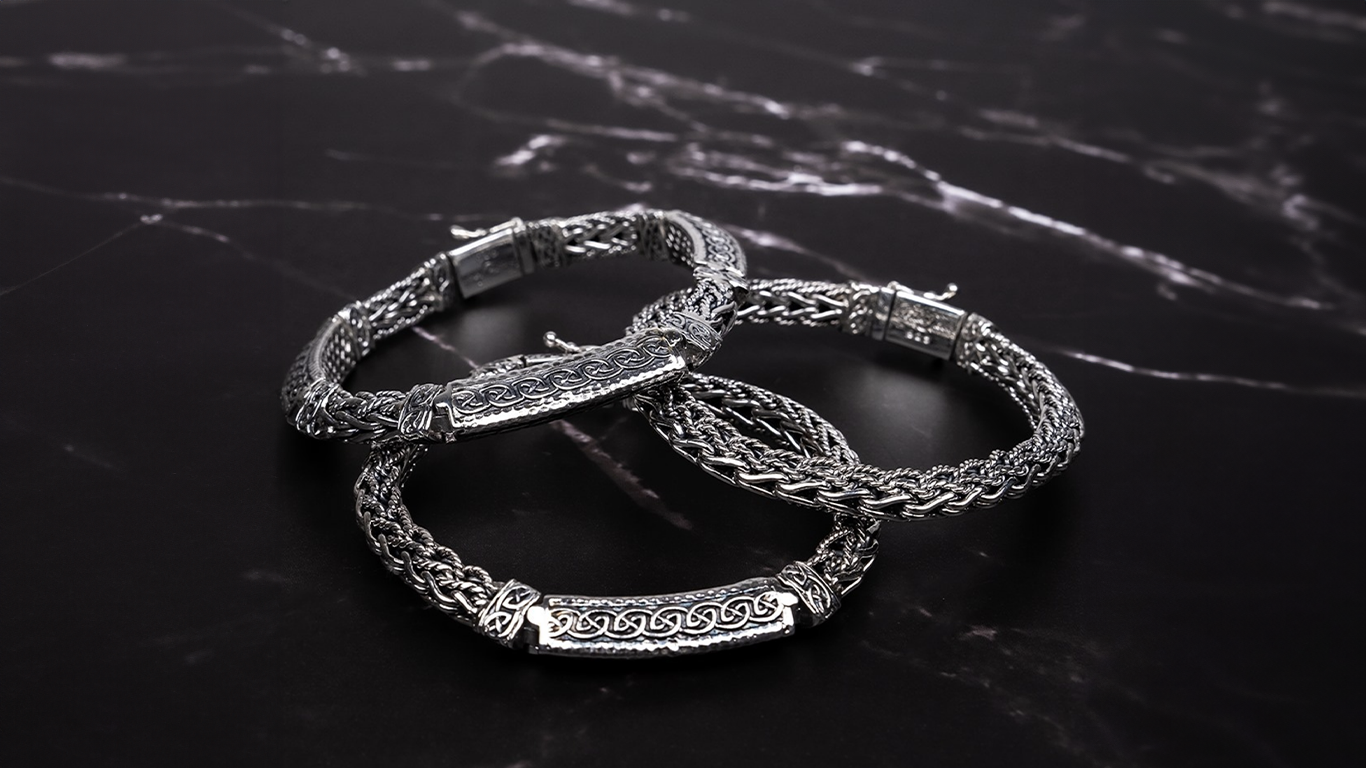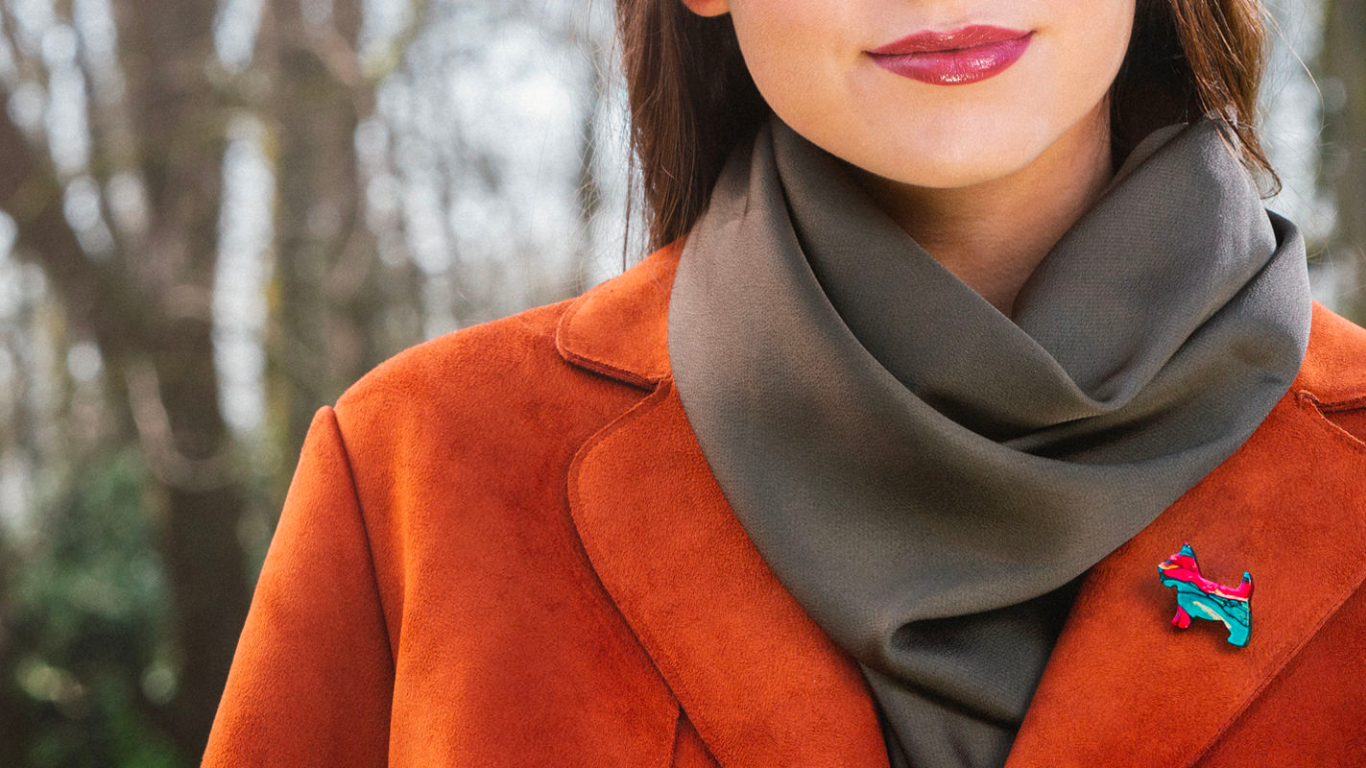Blessings of Brighid – Goddess and Saint
We are fast approaching another threshold time. The quarter season of Imbolc turns January 31 – February 1 and signals the beginning of the end of winter. February 1st is also the feast day of St Brigit of Kildare. As the patroness of cattle, chickens and many of the tasks involving them, she is rightly associated with the starting point of spring preparations in the agrarian calendar. She is also the patron saint for babies, children whose parents are not married, midwives, metalcraft, boatmen, fugitives, printing presses, scholars, creative arts, healing, and poets. Brighid brings light, life and creative energy to the world!
Brighid (BREE’yid) or Brigit is also the patron saint of Ireland, second only to Saint Patrick. She represents a powerful presence in the land and Celtic lore. As goddess, she was Brid (or Bride – the inspiration of our word for a woman in a marriage ceremony) daughter of the Dagda (the Good God) of the sacred Tuatha de Dannan. Her influence shines through time and has not been dimmed with the coming of Christianity. The new faith embraced her as the nursemaid and foster mother of Christ himself, sometimes calling her “Mary of the Gael.”
When the historic Brigit was born on Faughart Hill (near Dundalk, Ireland) about 450 CE, she grew into the mantle of her namesake and took on many attributes of the goddess. As a youth, she was taught by Druids. She was a contemporary of St Patrick who is credited with her conversion. She was generous to a fault and drove her father to distraction giving away anything of value to someone in need. When she gave his jewel-encrusted sword to a leper as she was waiting for him outside the home of a potential husband, her father gave in to her wishes. At age 18, she entered a convent, where she flourished. As an abbess, she founded a con hospitae (double or mixed house) at Kildare in 470 CE where both men and women religious could devote themselves to Christian service in community while raising a family, if they chose. Kildare or “Cill Dara” means Church of the Oak. Oak trees are sacred to Druids; yet another echo of the goddess.
And speaking of Brigit’s mantle, it is said that when the saint approached the King of Leinster to ask for land for her convent, he refused. So she asked if she could have the land covered by her mantle when spread it on the ground. He laughed at the idea and agreed. Brigit spread her cloak on the ground and four friends took up each of the four corners and began walking – north, south, east and west. Brigit’s mantle grew and covered acres of land. The King recognized her as a holy woman and not only gave her the land, but food and supplies as well.
Another Brigit story involves her sitting with a pagan chieftain as he lay dying. (Some versions have it that it was her own father.) In any case, the man was so distraught that she could offer him little but her comforting presence. As she sat, she began to weave a cross from the rushes at her feet. When the man noticed her occupation, he asked what she was making. She then told him of the saving grace of Christ on the cross and the man converted and was baptized before he died. Today, the iconic image of St Brigit’s cross can be found in many forms and sizes. It is often made of rushes and hung near the door of both house and bier (barn) to bring good fortune and protect against fire. Each year, a new cross is woven on Brigit’s feast day (February 1) with the old cross burned in the fire; though some householders tuck the old cross into their thatched roofs for extra “fire insurance.”
There are 15 holy wells associated with St Brigit throughout Ireland, the water at each credited with curative powers. I had the good fortune in 2018 to visit her holy well in the graveyard on Faughart Hill and her shrine and holy stream nearby. On the seventh day of the seventh month, my family and I met Dolores Whelan (teacher, author and spiritual guide) at the site for a personal introduction to Brighid’s presence in this landscape. Along the stream, there are ancient stations in stone that are believed to release healing when touched in faith. There are stones to heal knees, eyes, the head, the waist (perhaps fertility?) and the back. After a few moments of lying on my back (on the back stone), I opened my eyes and immediately saw the formation of St Brigit’s cross in the clouds. I snapped this photo as quickly as I could, but clouds never stand still. It was a holy moment among many in a truly sacred afternoon spent in the company good Saint Brighid.
As the seasons change from Samhain to Imbolc, I encourage you to be intentional with the transition. On the last morning of Samhain, January 31, stand at your back door or window and bid a thankful farewell for all you experienced. On the eve of January 31, stand at your front door or window and offer a warm welcome to the incoming quarter and all that springtime holds for you. Perhaps you have a special request to make of Brighid at this time. And whether you weave your own cross, or purchase one fashioned in stems, metal, stone, ceramic or canvas– may it be a lasting symbol of the generous spirit and creativity of Brid / St Brighid in your life.
Lori McAlister,
Wrangler of Cultural Affairs



















Leave a comment